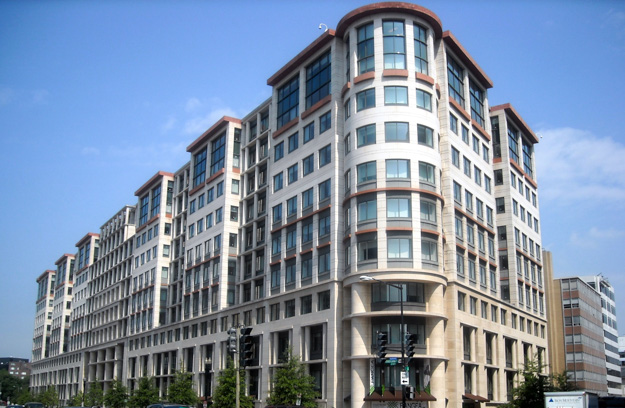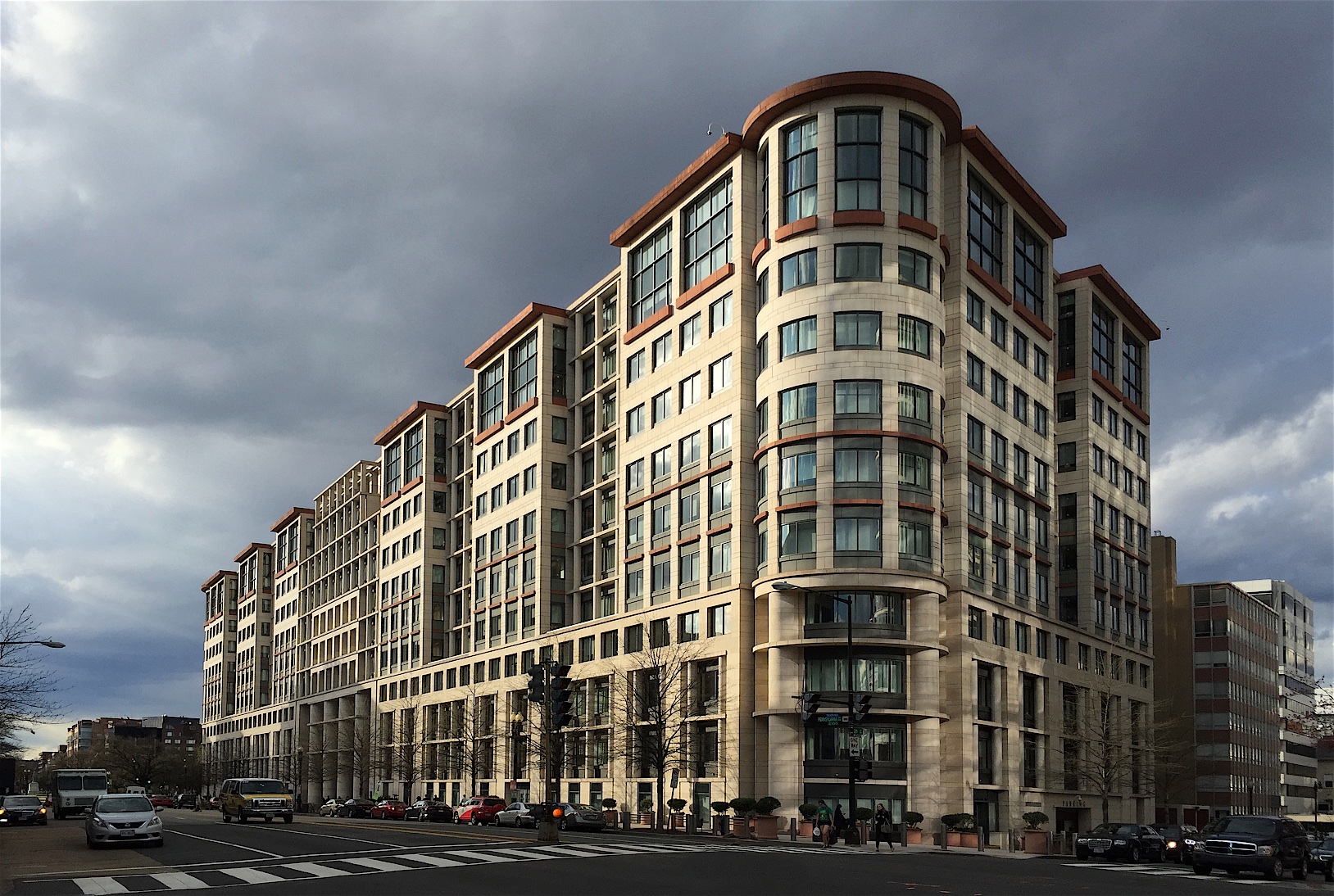Recommended
My colleagues Nancy Lee and Mark Plant have made a strong case that the International Finance Corporation (IFC) should get its capital increase from the US Congress. Private investment is vital to growth and poverty reduction, and Nancy and Mark report that the IFC is working to increase the transparency and development impact of its projects, crowd in private financing, and increase its focus on poor countries. I think the IFC should get its capital increase, too, in part for some of the reasons they suggest. But I’m not convinced that the IFC will manage to deliver on all of the promises it is making in order to receive the funds. And I think that congressional concerns with the IFC’s use of aid in an attempt to meet lending targets are right. So, reform should come alongside resources.
In the last few years, the IFC has launched the Anticipated Impact Measurement and Monitoring System as a tool to measure potential development impact as part of project evaluation. IFC leadership increasingly talks about the need to focus on market-making—not just investing in whichever projects ask for IFC support, but instead trying to invest in firms that launch new products or services for a market, and that demonstrate new economic opportunities. The IFC has committed to move heavily into the lower-income countries where its support will plausibly make the most difference. This commitment would see 40 percent of the portfolio in IDA countries and fragile and conflict-affected states, and at least 15 percent in low-income countries and IDA conflict-affected states. Finally, IFC’s overall portfolio is projected to grow thanks to the capital increase—from about $12 billion to $25 billion by 2030. Each of these initiatives on their own might be celebrated, but it may well be impossible to manage them all at once.
On the supply side, a capital increase—and the larger portfolio that comes with it—provides the opportunity to proportionately increase operations in riskier markets, if the IFC needs to retain the balance between operations in lower- and higher-risk markets to hold on to its AAA credit rating. However, it doesn’t allow for a much greater share in those markets. And yet the IFC has promised to go from 2.6 percent of its investments in low-income countries in 2016, to 15–20 percent in low-income and IDA conflict states by 2030.
On the demand side, it simply isn’t clear that the potential investments are there to be made to account for what might be a tenfold or more increase in volumes to low-income countries and a threefold increase in IDA countries. Like other development finance institutions (DFIs), the IFC is largely limited to operations in finance and infrastructure in lower-income countries, both highly concentrated sectors with few players. And they aren’t that big: total investment in infrastructure projects involving the private sector in low- and lower-middle-income countries was just $43 billion in 2017. That helps to explain why the IFC has failed in previous promises to increase the share of its operations in IDA countries (the proportion actually slipped from 32 percent 2009–12 to 25 percent 2013–16). And this problem is exacerbated going forward by the fact that other DFIs are also ramping up. A back-of-the-envelope calculation suggests an approximate doubling of the low- and lower-middle-income development finance portfolio over the next 10 years.
Of course, the IFC has a new tool to help it deliver on its commitments to IDA countries: the Private Sector Window’s $2 billion, to be used for guarantees, first-loss provisions, and subsidies. But this is where development impact concerns come to the fore. More resources dedicated to the PSW guarantee neither more private investment in IDA countries nor the quality of that investment. So far, PSW projects are overwhelmingly concentrated in the same highly concentrated sectors as unsubsidized operations—finance and infrastructure. And they don’t look very different from those unsubsidized deals. Added to that, the record of IFC subsidy programs is weak, according to the World Bank Group’s Independent Evaluation Group (if with some partial signs of recent improvement), as is the record of the small and medium enterprise projects that make up the bulk of PSW operations. And the bespoke, noncompetitive, nontransparent mechanisms being used by the PSW are no protection against waste. There are already concerns that DFIs are competing with each other for deals on the basis of subsidies. As the largest DFI, the IFC’s ambitious lending commitments combined with bespoke IDA subsidies are going to make these concerns considerably worse.
The greatest problem faced by the IFC in the markets where it can play the biggest role is not lack of capital or subsidies, but lack of high-impact projects. Nancy and Mark point out that the IFC is changing its staffing models, launching a major drive to recruit people to work in countries affected by fragility, conflict, and violence, and to develop projects upstream. Hopefully, that will help uncover new deals that really will help deliver new markets. Far more stringent rules around the use of subsidies by the IFC and other DFIs would also help ensure that higher volume doesn’t mean lower impact. Perhaps there is hope in a new screening mechanism introduced by Mark and Paddy Carter, but in the meantime, the IFC urgently needs to introduce a subsidy approach that focuses on publicly originated, competitively structured projects, that caps subsidies on noncompetitive projects and limits such projects to market making, and that builds on some welcome baby steps towards transparency.
It is hard for outsiders, including the US Congress, to force what amounts to a change in culture as much as a change in rules, but to the extent congressional delay helps build pressure for these needed reforms, it will have been worth it.
Disclaimer
CGD blog posts reflect the views of the authors, drawing on prior research and experience in their areas of expertise. CGD is a nonpartisan, independent organization and does not take institutional positions.






